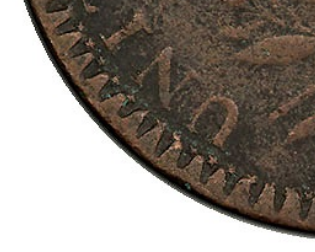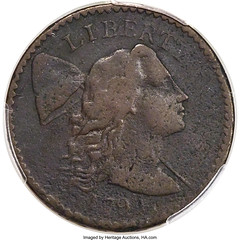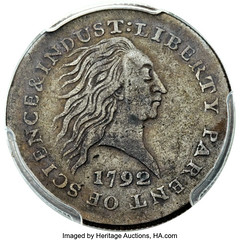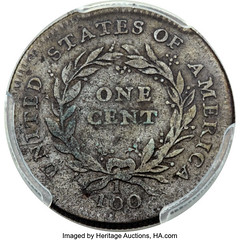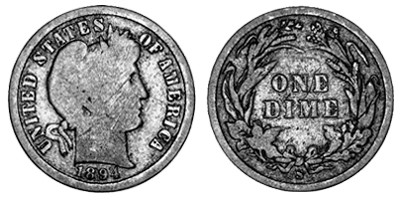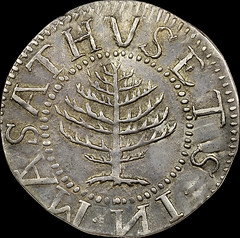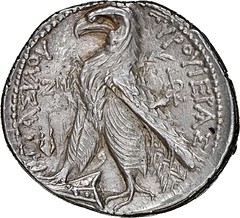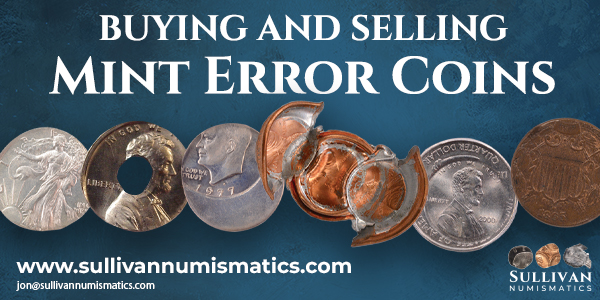
PREV ARTICLE
NEXT ARTICLE
FULL ISSUE
PREV FULL ISSUE
EMERGING COINSE-Sylum Feature Writer and American Numismatic Biographies author Pete Smith submitted this article about coins known to have existed but unseen until discovered years later. Thanks. I added a closeup of the stars on a different example of the Starred Reverse cent, and images of a Pine Tree shilling and Shekel of Tyre. -Editor
Emerging Coins
Last week in The E-Sylum, Wayne asked about coins that were mentioned in literature but unlocated until emerging from obscurity much later. My thoughts went back to a few coins that appeared at auction after a long time off the market. The first involved a discovery I made a few years ago.
Starred Reverse Cent
1792 Pattern Cent (Judd-2)
1894-S Dime In 1954, eleven-year-old Kelly Oliver was putting dimes into a Whitman holder. He noticed that his 1894-S dime did not fit in the holder because there was a blue cardboard plug in the spot. He took the coin into Gimbels Department Store in 1957 where Robert Friedberg bought it for $2.40. It appeared in a 1980 Steve Ivy sale, a 1981 Bowers & Ruddy sale and a 1989 Bowers & Merena sale. It had been in relative obscurity for 86 years.
The Hull-Sewell Pine Tree Shilling Hoard. This was immortalized by Nathaniel Hawthorn in The Pine Tree Shilling, first published in The New Yorker on May 15, 1841. In the Hawthorne story, the daughter was called Betsy and described as plump as a plum pudding. She sat on a balance sale while her father piled her weight in Pine Tree Shillings on the other side. It is believed that the author embellished the story a bit, as writers often do. Samuel Sewell and Hannah lost eight children as infants. Samuel put some of the dowry into his business and became a wealthy merchant. What wasn't spent was passed down through the generations as the Hull-Sewell hoard. As the value of the coins grew, descendants sold off some of the coins. The remaining hoard was absorbed into the Richard Picker collection sold by Stack's on October 24, 1984. This was the first public sale of the coins in 308 years. Unfortunately, the Hull-Sewell provenance is not mentioned in the sale.
The auction company did not provide a pedigree to verify the claim. I suspect that verification was not possible. Thanks! What other rare coins can boast "I once was lost, but now I'm found?" Surely there must be others. Readers? -Editor
Wayne Homren, Editor The Numismatic Bibliomania Society is a non-profit organization promoting numismatic literature. See our web site at coinbooks.org. To submit items for publication in The E-Sylum, write to the Editor at this address: whomren@gmail.com To subscribe go to: Subscribe All Rights Reserved. NBS Home Page Contact the NBS webmaster 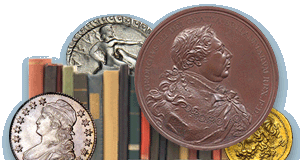
|
